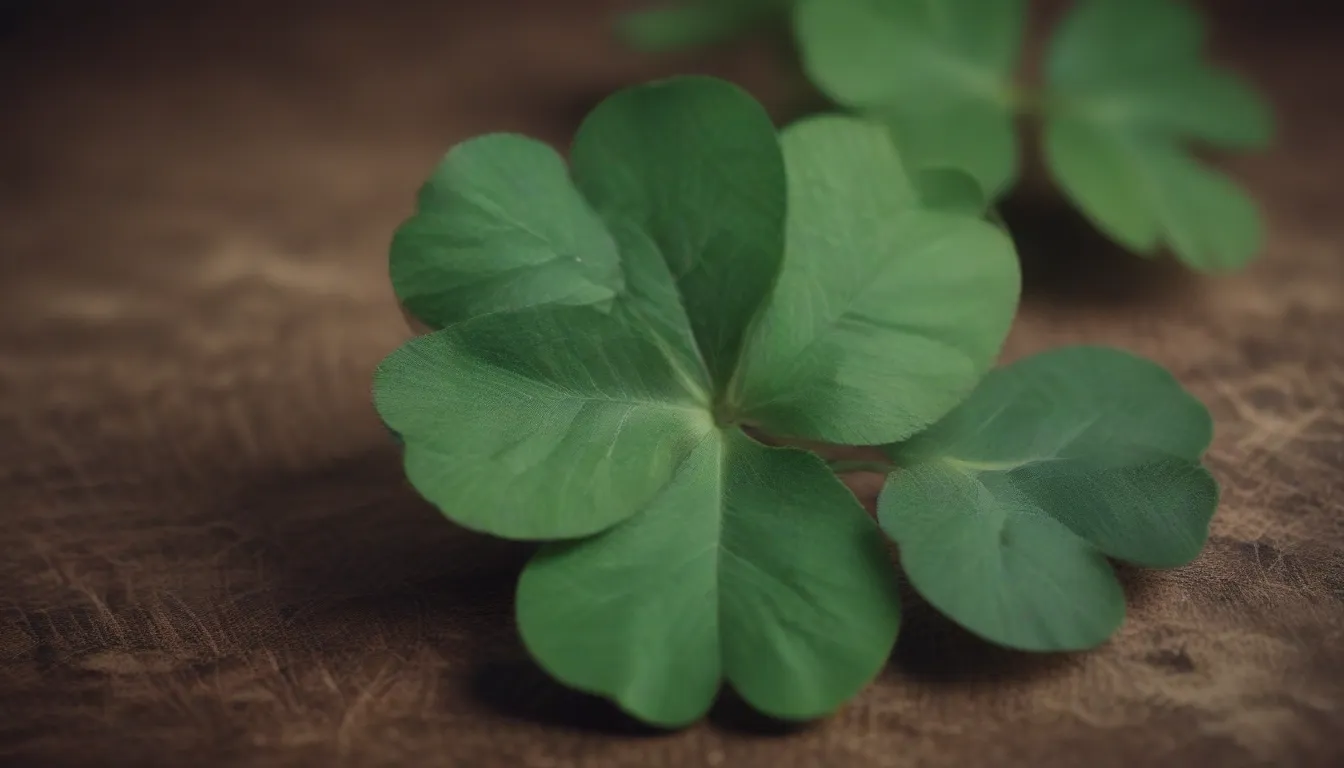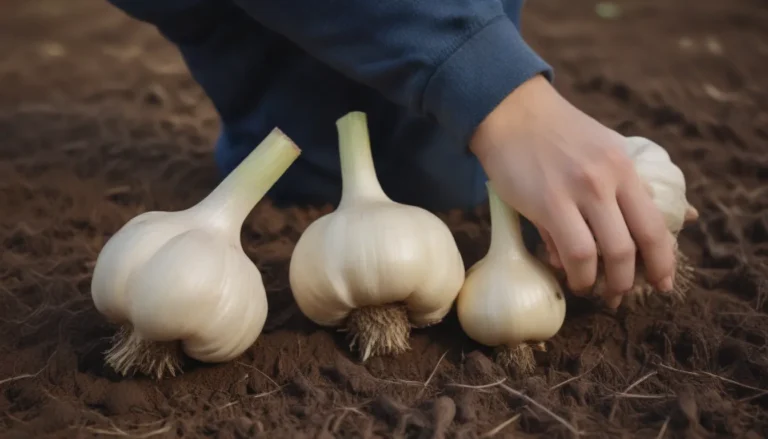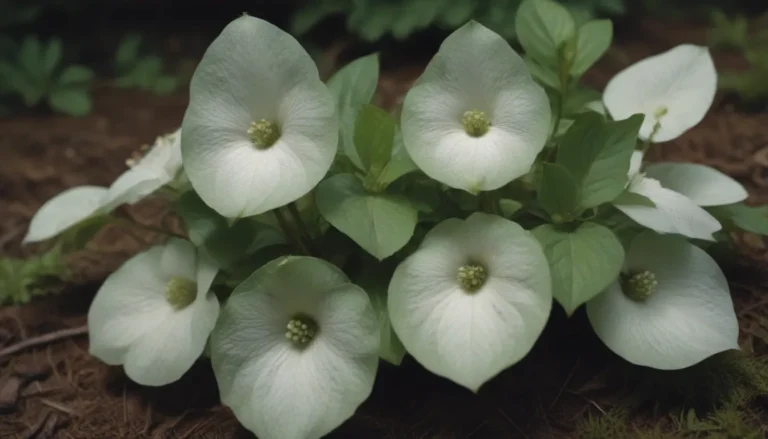The Lucky 4-Leaf Clover: Uncovering Facts and Busting Myths

Have you ever stumbled upon a four-leaf clover and felt a rush of excitement, believing in its lucky charm? While both Irish shamrocks and four-leaf clovers are synonymous with St. Patrick’s Day and the lush greenery of Ireland, it’s the rare four-leaf clover that is rumored to bring good luck to those who find them. In this in-depth article, we’ll delve into the origins, significance, and myths surrounding the mystical four-leaf clover.
What Is a Four-Leaf Clover?
Four-leaf clovers, a genetic anomaly of the common white clover, are a symbol of luck and good fortune. These elusive clovers are said to bring luck to those who discover them, making them highly sought after. Researchers from the University of Georgia suggest that a combination of genetics and environmental factors contribute to the growth of an extra leaf. While the exact rarity of four-leaf clovers is up for debate, experts estimate the probability of finding one to be anywhere from 1 in 5,000 to 1 in 10,000.
Unraveling the Myth Behind Lucky Clovers
The belief that four-leaf clovers bring good luck dates back to ancient Celtic priests, known as Druids. These priests regarded the rare four-leaf clovers as symbols of protection against evil spirits, elevating them to the status of lucky charms. Even though four-leaf clovers are not a separate species but a genetic mutation, the folklore surrounding them continues to captivate people.
The Quest for Lucky Clover: Tips for Finding Four-Leaf Clovers
If you’re keen on hunting for a four-leaf clover to bring a dose of luck into your life, here are some tips to help you in your search:
– Search in the spring before mowing your lawn for the first time.
– Look for dense patches of clovers and focus on areas with a variety of clover sizes.
– Take a bird’s eye view and scan the patch for a break in the pattern of three-leaf clovers.
– Four-leaf clovers often have a square shape and a smaller fourth leaf.
– Cloudy days make it easier to spot four-leaf clovers due to better discernment of shapes and shadows.
– Remember to keep looking as there may be more lucky clovers hiding in the patch.
Historical Symbolism of Clovers in Ireland
In ancient times, Druids used shamrocks to ward off evil spirits, while in the Middle Ages, shamrocks became the floral emblem of Ireland. Over the years, shamrocks gained prominence as a symbol of St. Patrick, the patron saint of Ireland. The symbolism of shamrocks evolved during The Troubles, reflecting Irish-Catholic Nationalism. Meanwhile, four-leaf clovers maintained a reputation for bringing mystical protection and good luck to those who possess them.
Shamrocks and St. Patrick’s Day Tradition
Shamrocks are deeply rooted in Irish tradition, particularly in association with St. Patrick. Legend has it that St. Patrick used a shamrock to explain the concept of the Holy Trinity to the Irish people. The term “shamrock” originates from the Irish word “seamróg,” meaning “little clover.” While there is no consensus on the exact plant that represents the authentic Irish shamrock, several plants, including Oxalis deppei, are commonly associated with good luck on St. Patrick’s Day.
The Benefits of Clover in Lawns
Contrary to popular belief, clover is not just a common lawn weed but a beneficial plant that can enhance the health of your lawn. Clover, with its nitrogen-fixing properties, acts as a natural fertilizer, improving soil quality and reducing the need for excessive irrigation. A clover lawn offers a low-maintenance landscaping solution, attracting pollinators and minimizing pollution. Experimenting with white clover or micro clover in a small area of your yard can help you determine if a clover lawn is right for you.
Conclusion
In conclusion, the mystique surrounding four-leaf clovers and Irish shamrocks adds a touch of enchantment to our lives. Whether you believe in their lucky charm or appreciate their cultural significance, these tiny plants hold a special place in our hearts. So, the next time you spot a patch of clover, take a moment to search for that elusive four-leaf clover and let its magic bring a sprinkle of luck into your day.
References:
– University of Georgia: The Science and Secrets of Four-Leaf Clovers.
– Guinness World Records: Most Leaves on a Clover.
– Shamrock: Botany and History of an Irish Myth by Ernest Charles Nelson.
– Beautiful No-Mow Yards: 50 Amazing Lawn Alternatives by Evelyn Hadden.
– Agriculture and Air Quality, United States Environmental Protection Agency.
– Lawns, North Carolina Extension Gardener Handbook, edited by K.A. Moore and L.K. Bradley, NC State Extension.





